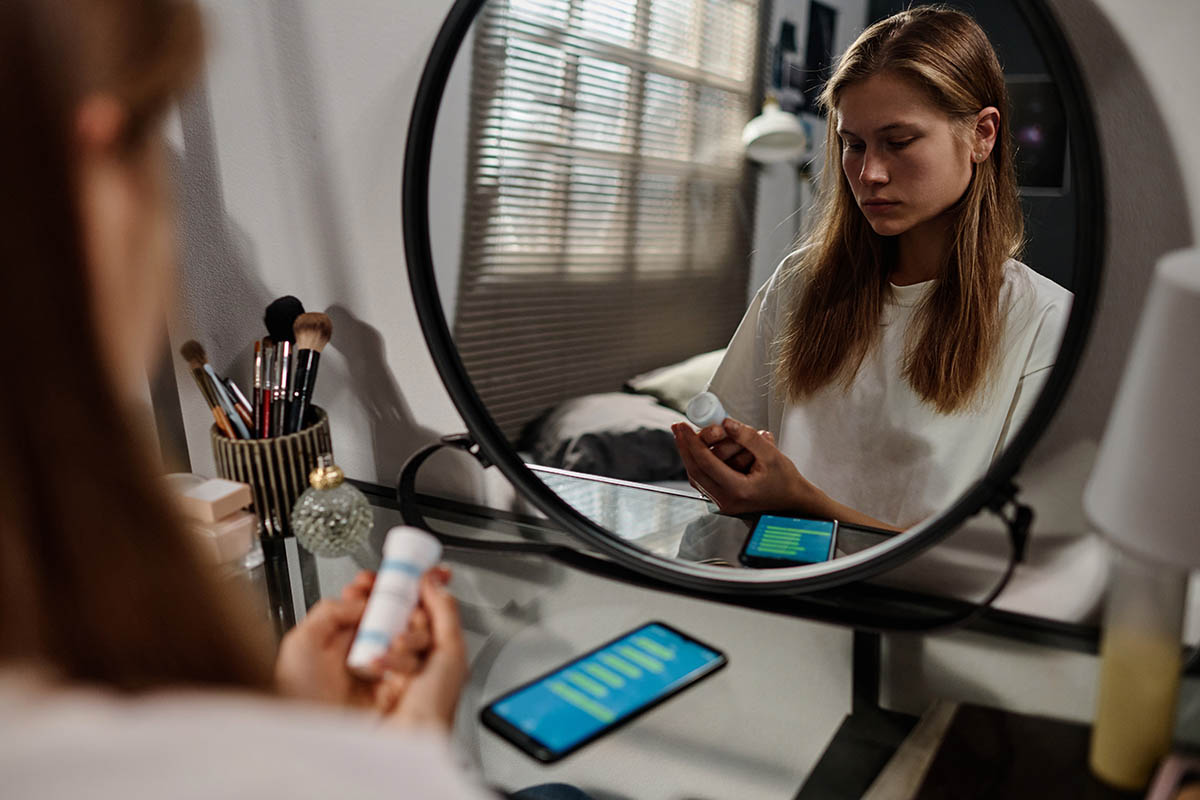Xanax Abuse: A Growing Danger Among Teens
[vc_row][vc_column][vc_column_text]American teenagers have been recreationally using and abusing a class of drugs called benzodiazepines. The name of this drug may sound unfamiliar to parents. Benzodiazepines (BZDs) are commonly prescribed by physicians for many legitimate medical conditions, such as anxiety and pain conditions, seizure and convulsions, insomnia, as general anesthesia, as sedation before a surgical or diagnostic procedure, muscle relaxation, alcohol withdrawal, and drug association agitation, nausea, vomiting and for depression.1 It is important to note the BZD drugs can differ in how fast they start working, how long they will continue to be effective in a person’s system, and the drugs, in general, are different for the common reasons that they are prescribed. Teens who use BZD as a recreational drug are taking risks that put their health and well-being in danger, and severe cases may benefit from treatment in a professional drug rehabilitation center.
There are many common and familiar names for BZDs, which include Valium (Diazepam), Ativan (Lorazepam), Xanax, Klonopin, and more.2 The side effects of these drugs include headache, loss of orientation, aggression, memory impairment, and confusion. Teens can develop a physical dependence or addiction to these drugs. This is manifested by the teen’s body depending on the drug, and sudden withdrawal can create possible tremors, vomiting, muscle cramps, insomnia or other issues within the teenager’s body. Detoxification from benzodiazepines can oftentimes require medical intervention to be done in a safe manner.
Teens who have prolonged use of BZDs can experience long term effects, such as a higher risk of developing the onset of Alzheimer’s disease.3 Also, teens who use BZDs and opioids for chronic pain may become addicted to the drugs and may go on to try other illegal drugs.4 Studies show that high benzo dependence can affect an individual with adverse health consequences, including the onset of severe mental disorders, or substance abuse disorders.5
Studies show that teens who first use benzos with a medically prescribed use often abuse the drug and share it with their friends. In one study, it was determined that one in ten American high school seniors have used benzos for medical or recreational use.6 Teens are likely to buy benzos from friends, relatives, drug dealers, or strangers.7
There are many dangers associated with using benzodiazepines recreationally.8 The use of benzodiazepines can be linked to increased numbers of falls and fractures among users, as well as car crashes, misuse and dependence on the drug, and higher risks of associated opioid use and overdose.9
Teens can come into unintended contact with benzodiazepines if BZD is placed into a drink or alcoholic beverage. Mixing alcohol and benzodiazepines is extremely dangerous and results in severe impairment of the person taking them.
If a teen is prescribed BZD for a medical condition, it is important that the parents or guardians safeguard the safe storage of this drug, to prevent the teen from using the drug recreationally.
When To Get Help
Long-term use of benzodiazepines can lead to considerable physical dependence. This dependence can require professional treatment in order to safely wean someone off of these drugs. Benzodiazepine users who have been using them regularly for months should never try to quit cold turkey because withdrawal can cause seizures or worse. Always seek the help of a medical professional. If your child has been using benzodiazepines regularly and recreationally for any length of time, give us a call for a free consultation.[/vc_column_text][vc_column_text]
- www.rxlist.com/benzodiazepines/drugs-conditions.htm.
- www.rxlist.com/benzodiazepines/drugs-conditions.htm.
- Bschor, 2015, p. 603.
- Park et al, 2016, p. 516.
- Liebrenz et al, 2015, p. 1.
- McCabe & West, 2017, p. 959.
- McCabe & West, 2017, p. 959.
- Bachhuber et al, 2016, p. 120.
- Popescu et al, 2014, p. 133.
[/vc_column_text][/vc_column][/vc_row]



